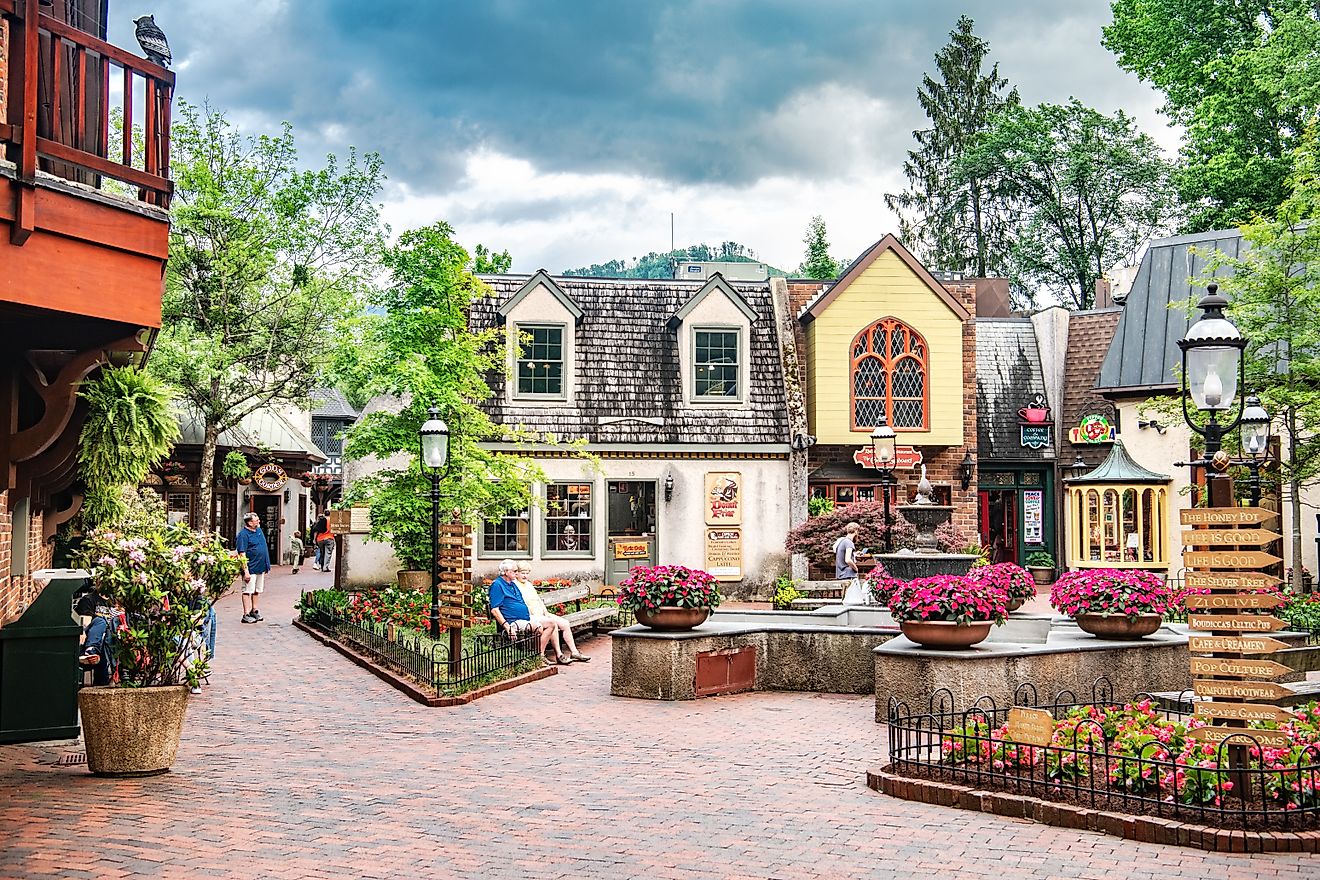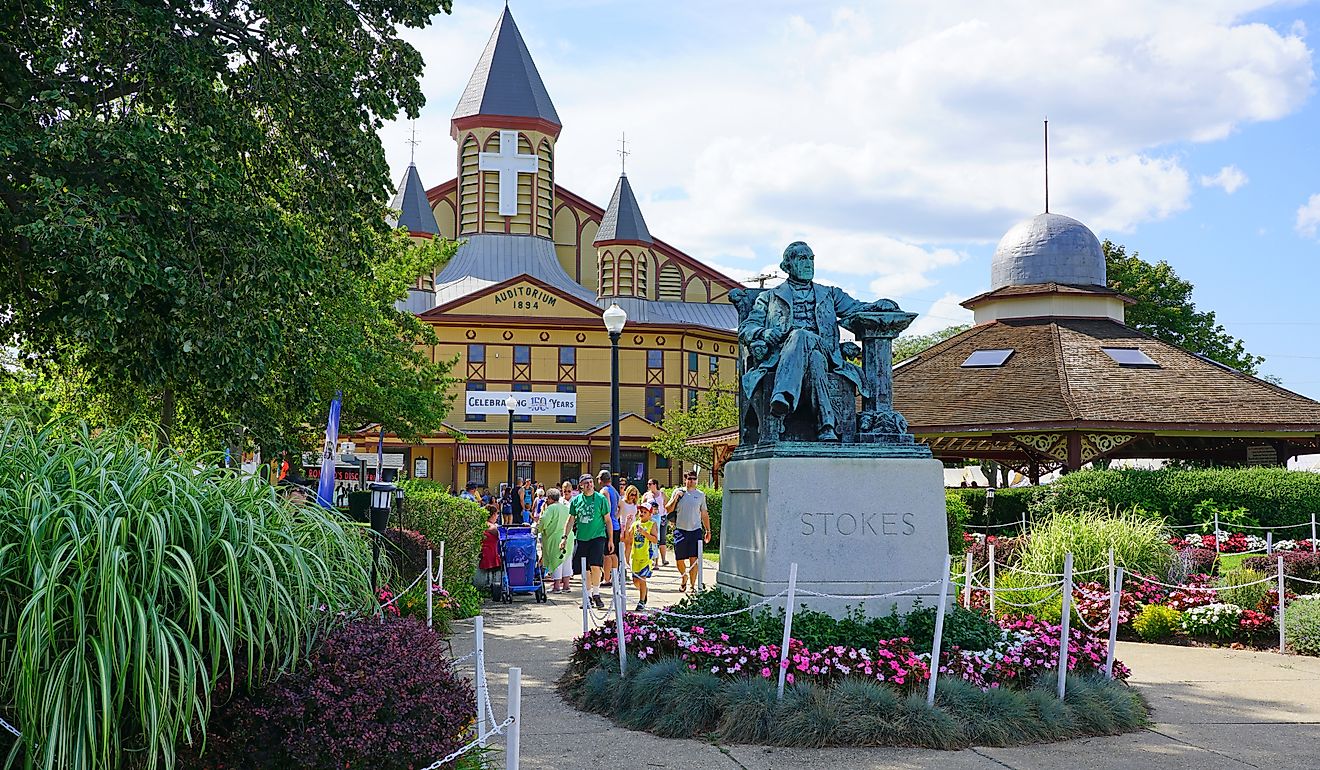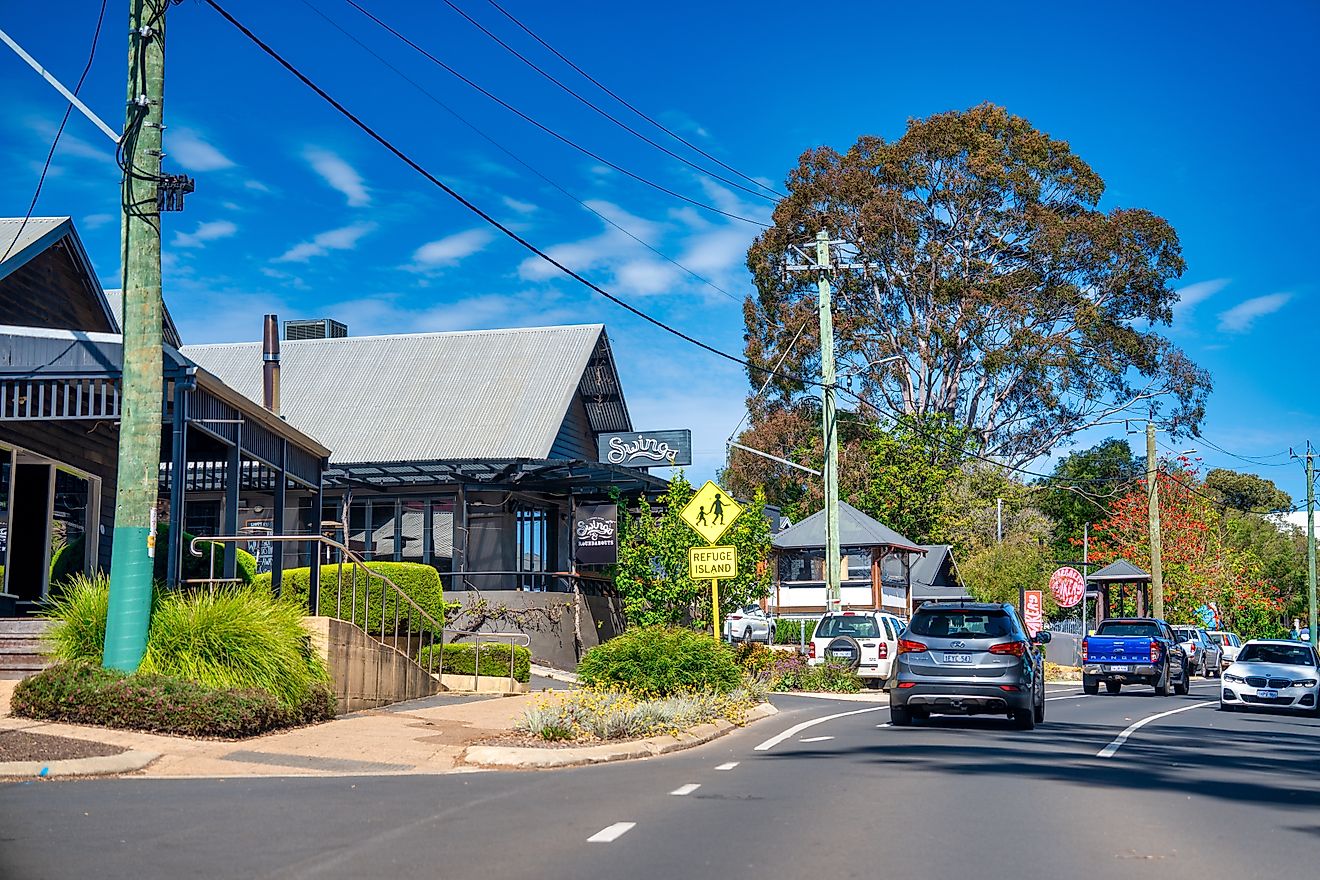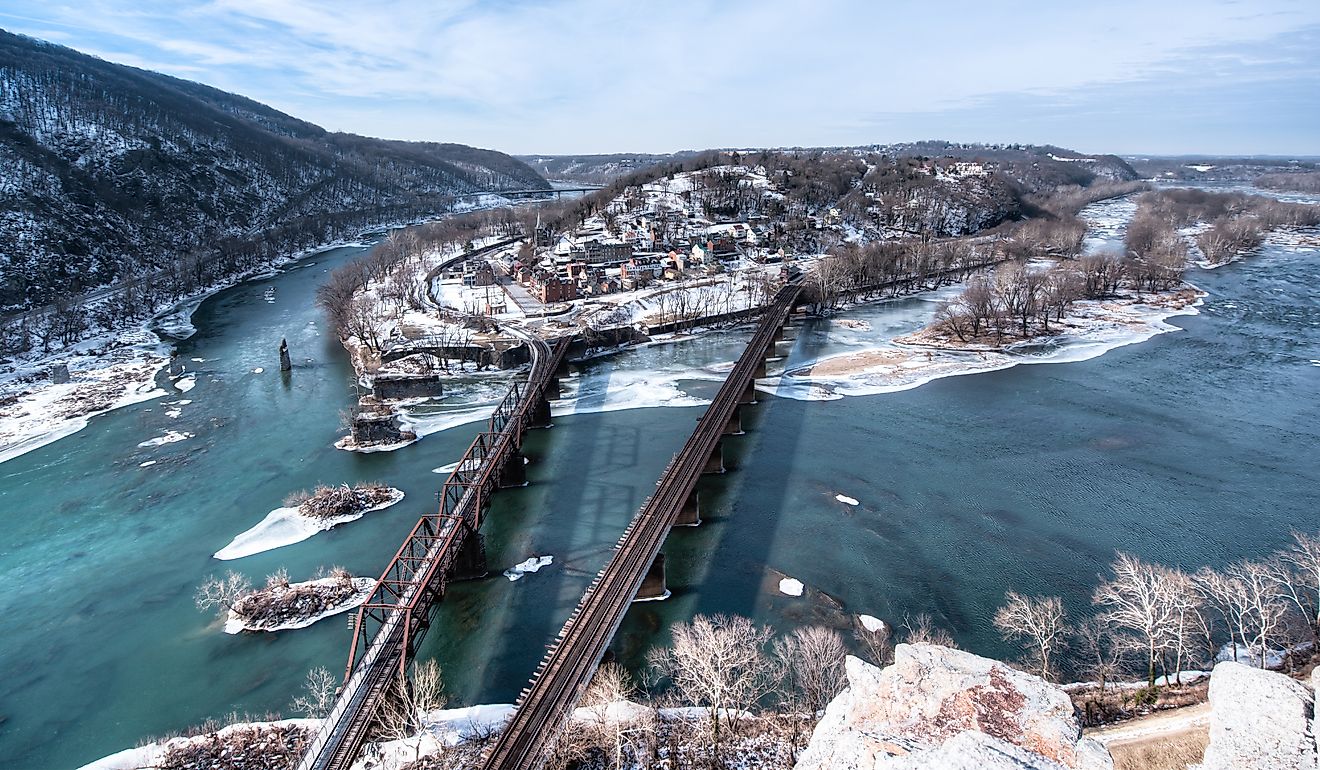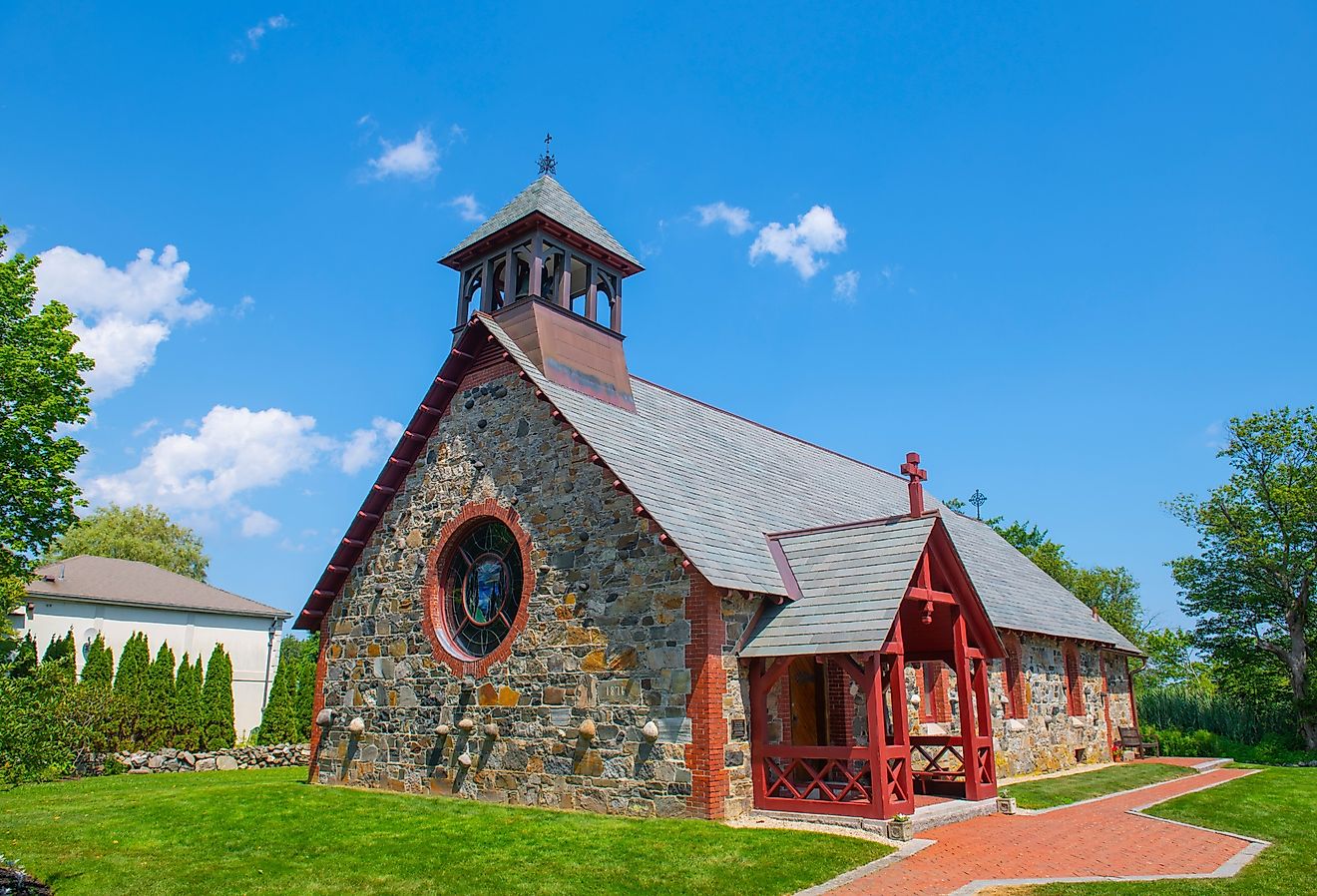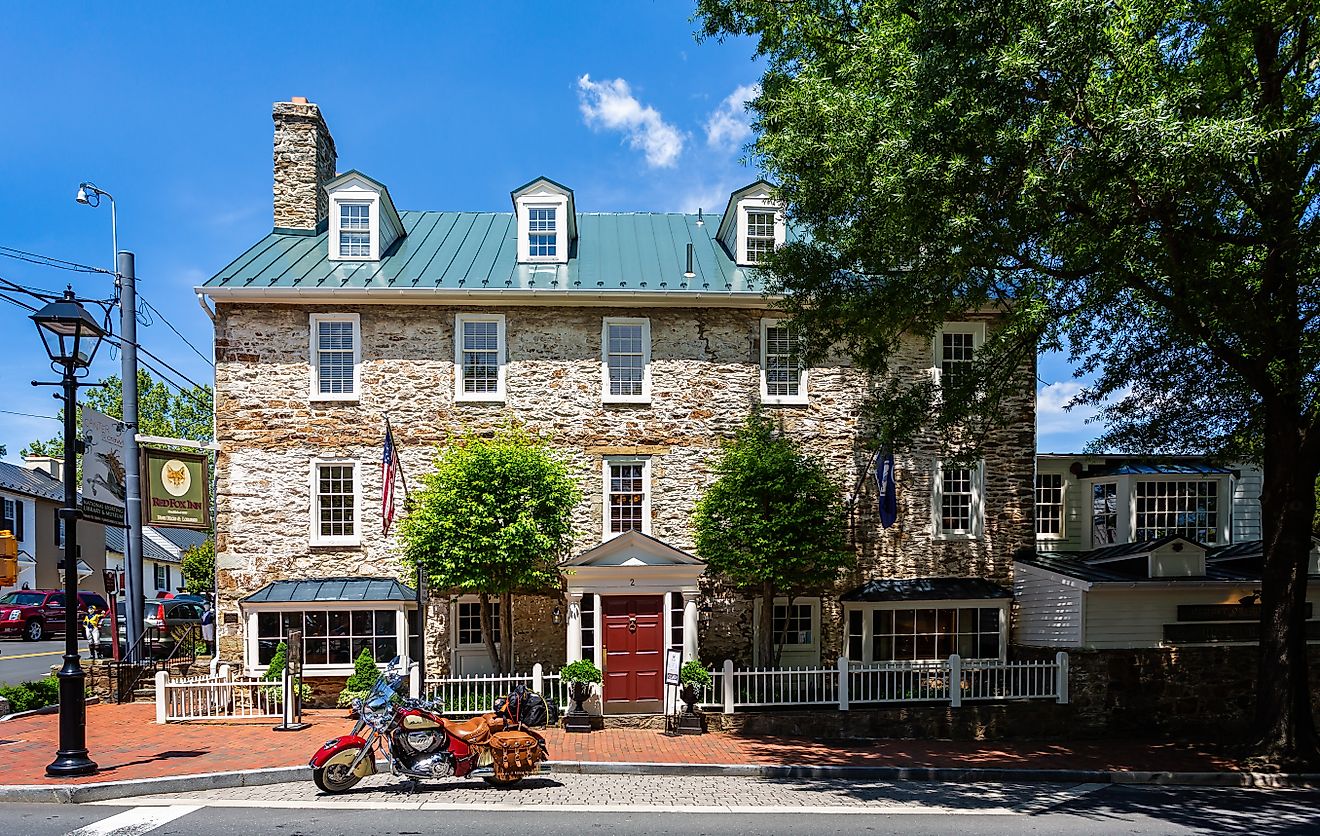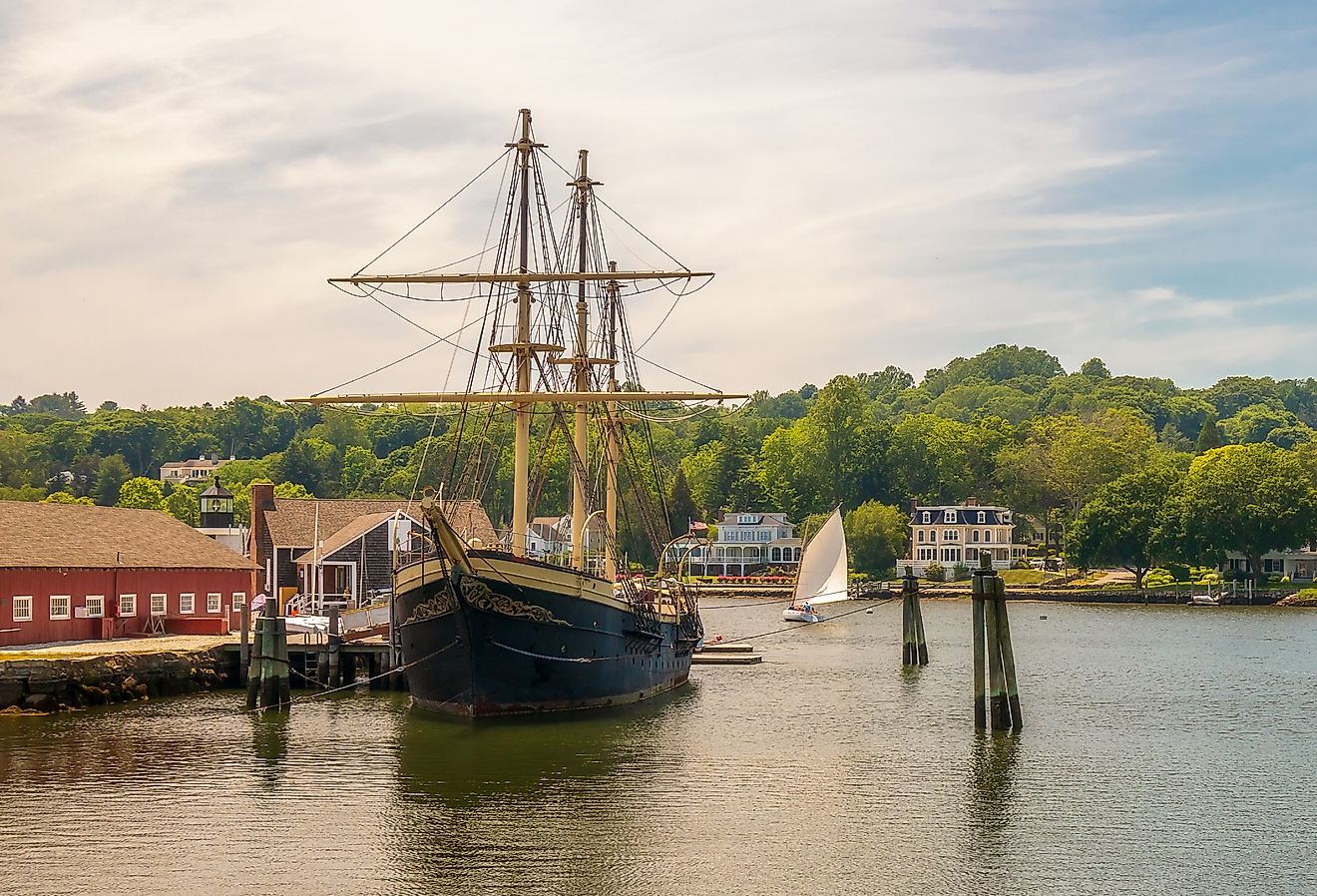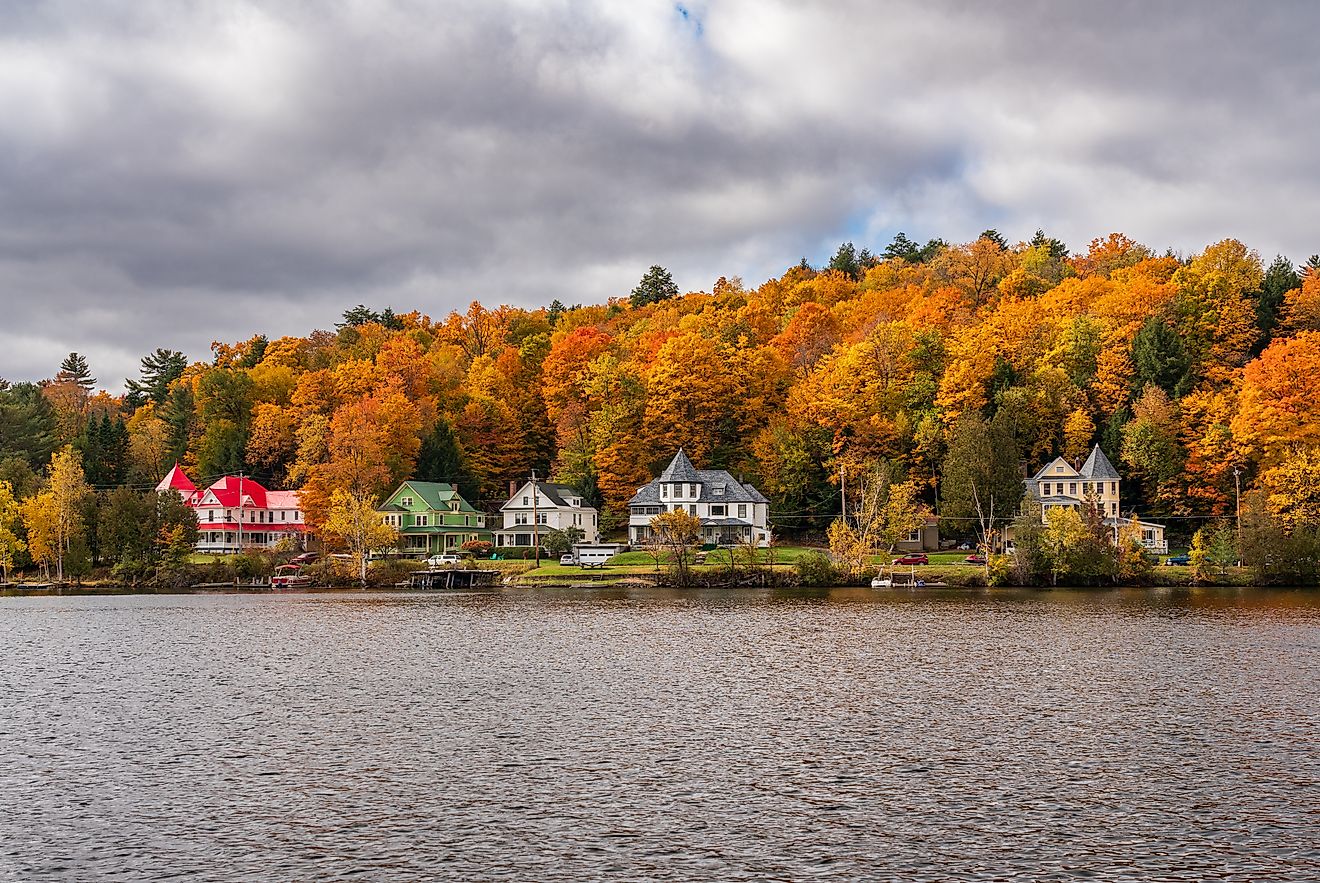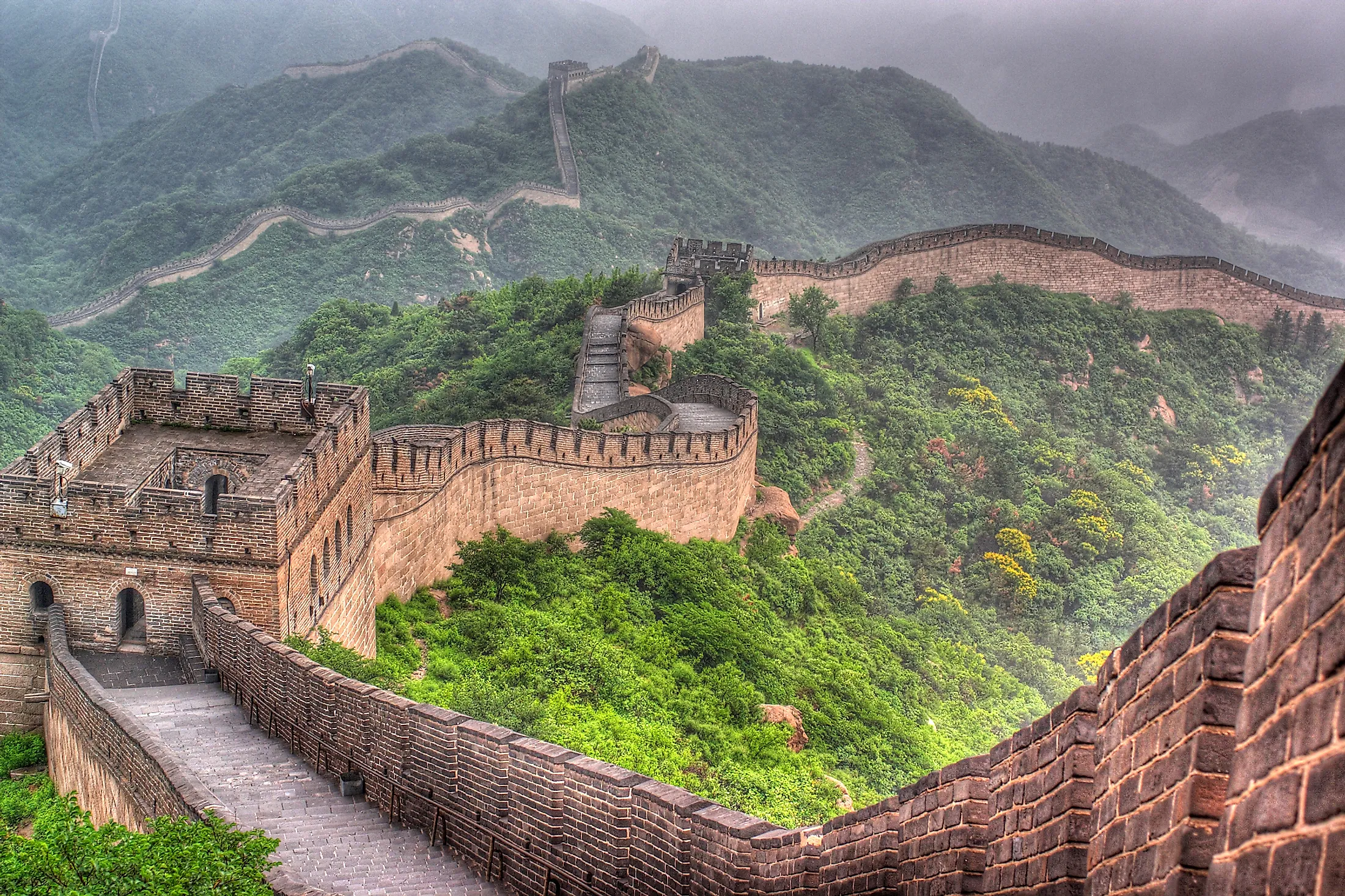
Great Wall Of China
Also known as the Ming Wall, or in Pinyin Chinese, "Wanli Changcheng", or in Wade-Giles romanization, "Wan-li Ch'ang-ch'eng", which means the 10,000-Li Long Wall, the Great Wall of China is one of the most extensive building construction projects ever taken. One of the World's Seven Wonders and a designated UNESCO World Heritage site since 1987, it crosses the 9 Chinese provinces and municipalities of Liaoning, Hebei, Tianjin, Beijing, Inner Mongolia, Shanxi, Shaanxi, Ningxia, and Gansu.
The Great Wall of China
The Great Wall of China is essentially the result of a series of ancient fortifications that grew to become a single defense barrier under a decade-long project, adopted by China as a symbol of China and a popular tourist attraction today. Initiated half a thousand years ago, it runs through northern China and southern Mongolia for some 4,500 miles or 7,300 km. The most-preserved piece of the wall runs east to west from Mount Hu near Dandong in south-eastern Liaoning to Jiayu Pass in the north-western Gansu. This part was built during the Ming dynasty, from 1368 to 1644. Other major fortification parts were constructed from the 7th to the 4th century BCE, with Qin Shihuang, the first emperor of united China, connecting many of the separate pieces in the 3rd century BCE, under the Qin dynasty.
Often tracing hills and mountain ridges in the Chinese countryside, a quarter of the wall is actually made of natural barriers, including rivers. Aside from a few ditches and moats, about seventy percent of the wall is human-made, having taken over two millenniums of construction for its ultimate reach, before today, with some sections gone or turned into ruins at the present day. As a major tourist attraction since the early 20th century, the sections near Beijing, especially at Badaling to the city's northwest, are the most-visited pieces of the wall today.
Early Construction Of The Great Wall of China
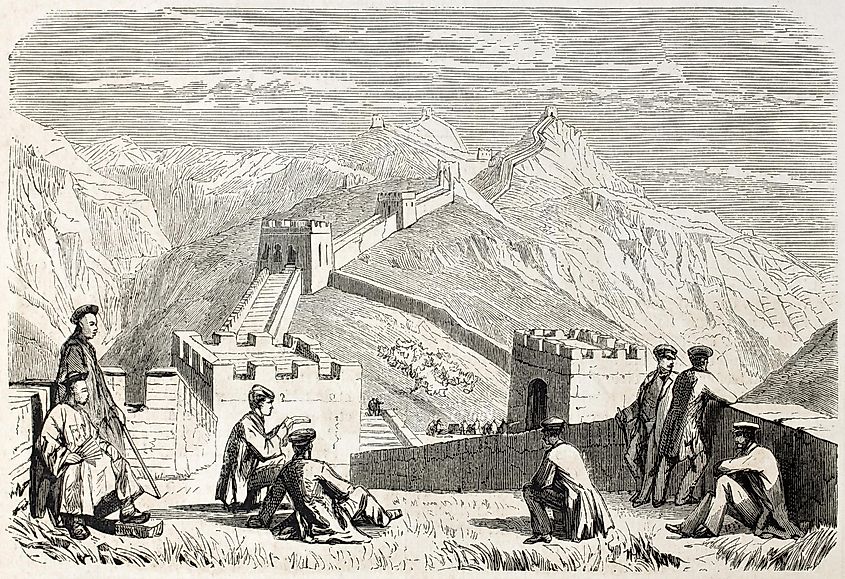
The construction of a "permanent defense system" started from north of the kingdom's capital province under the state of Chu, about the 7th century BCE. Carrying the name, the "Square Wall," it was completed over the next two decades, with other states following suit. Ending at the Yellow Sea, the existing river dikes, newly constructed bulwarks, and areas of impassable mountain terrain make much of the dirt and stone wall in the state of Qi. Parts were built by Zhongshan state to protect itself from the southwest Zhao and Qin states, while there were also two defensive lines in the Wei state, located on both sides of the Yellow River. The Hexi Wall served as defense from the Qin state and from the western nomads.
Built under the rule of King Hui from 370 to 335 BCE, the wall also expanded from the Luo River's dikes on the western border. Although some construction was more straightforward, such as the erection of the northern and the southern walls by the Zhao state as a means of protection from the Wei state, other pieces would change hands, and therefore, defense purposes. The Henan Wall was erected to defend the capital of the Henan province, now known as Kaifeng, and the Han state rebuilt the Zheng state-built wall upon taking over the former. The wall also ran from the southern Xiangyuan Cave set east of Mount Hu to Guyang, which comprises the Inner Mongolia Autonomous Region.
Final Initiatives
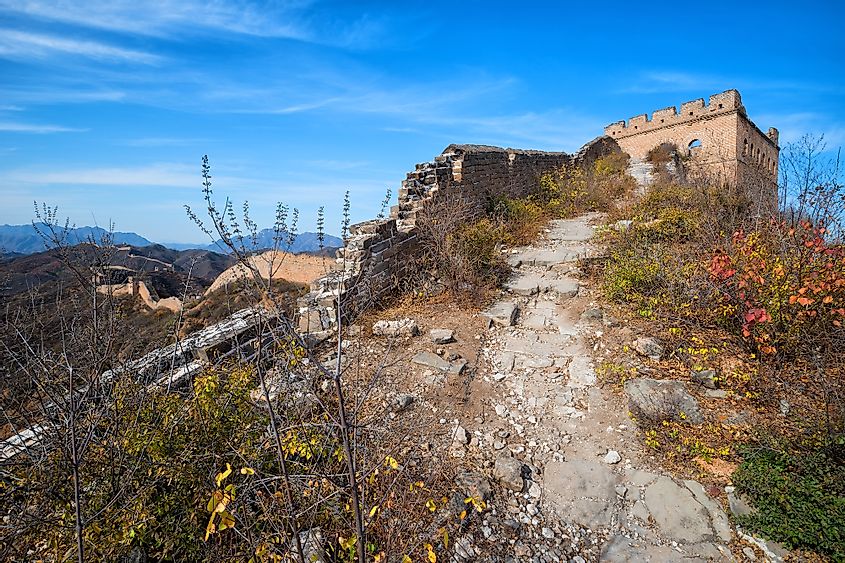
As a means of preservation following the reorganization by Shang Yang of the Qui in the mid-400 BCE that ultimately empowered the state, led them to seek protection of their assets with a wall from Lintiao, running north along the Liupan Mountains line, to the Yellow River. The Northern Wall and the Yishui Wall were set up in the Yan state with the latter expanding from the dike of the Yi River. In 290 BCE the Northern Wall continued along the Yan Mountains, all the way to the modern city of Liaoyang, as the last segment of the wall-erection initiatives during the Warring States period. Upon unifying China in 221 BCE, the first Qin emperor removed some of the fortifications to ease movement between the states. He then linked the wall from Qin, Yan, and Zhao in a 214 BCE decade-long project, the 10,000-Li Long Wall. Un-garrisoned after the Qin dynasty, the wall fell in disrepair.
Numbers
Built over 6 dynasties, the wall is officially 21,196.18 km or 13,170.7 miles long, with most of today's relics located on the Ming Dynasty Great Wall of 8,851 km or 5,500 miles long, built in the 15th and 16th centuries as a protection from Mongolia. The ancient 2,300-some years old wall ranges from 15 to 30 feet (5 to 9 meters) in height with regular towered intervals, used historically to watch and signal. There is also a 13-foot- (4-meter-) wide roadway along some sections on this 15 to 25 feet (5 to 8 meters) wide wall. The fortresses, passes, and gates, as well as bastions of some 30 feet (10 metres) in height and of 13 to 16 feet (4 to 5 metres) in width at the top are the strategic components of an essentially simple structure.
Design And Key Parts Of The Great Wall of China
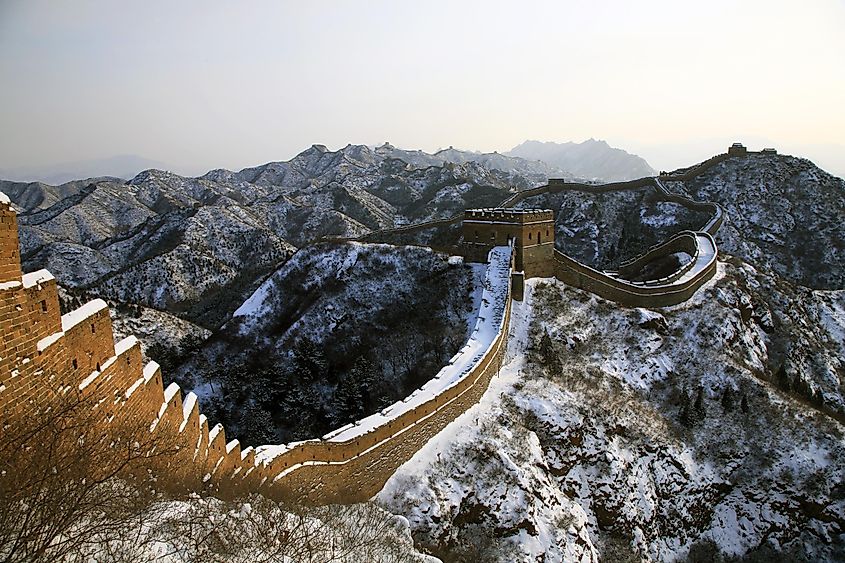
Rather than being one continuous wall, the Great Wall of China is made-up of sections, with some tamer than others, but few, reminiscent of the legendary picture one imagines the wall to be. The wild sections are overgrown barracks to walkers that often crumble and vanish into gaps made by roads and reservoirs. With ancient precedents underneath, these, often tripled and quadrupled in thickness, westward-running parallel-lined walls and scattered segments, are unlike any other horizontal walls on earth, having depended on the local availability of materials of the time.
Passes, as the key components of the Great Wall served many historical purposes, including being major intersections with trade routes for merchant and civilian access. The gates within the passes were used by garrison when sending out patrol and during counterattacks. Ramps made the passes accessible for horses and for soldiers' ladders, while the inside parapet served to prevent people and horses from falling off. For further protection, their facades were often ramparted with brick and stone, while dirt and crushed stones were used as the filler. Crenellated, or designed to have battlements, the jugged line was used simultaneously for view access and defense from the top.
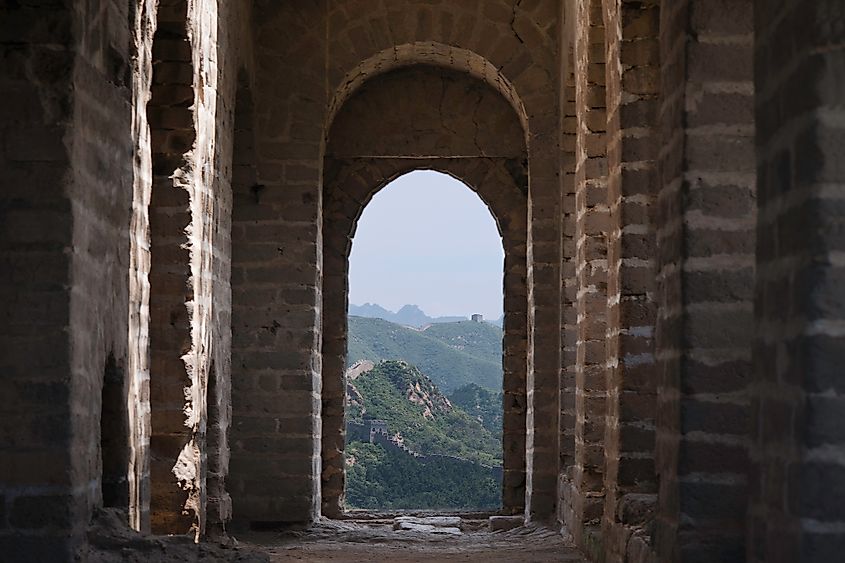
Strategically placed semicircular or polygonal parapets on gates, known as Wengchengs, were designed to direct assaults, while the luocheng at the top served to observe and direct troop movement. The arched gates with huge wooden double doors underneath that contained bolts and locker rings in their inner panels for reinforcement and security provided sectioning and additional protection. Equipped with a gate tower, they were also used as command posts and watchtowers. The convenient moats outside of the gates were formed by chance when digging dirt to construct fortifications.
Significance And Reconstruction
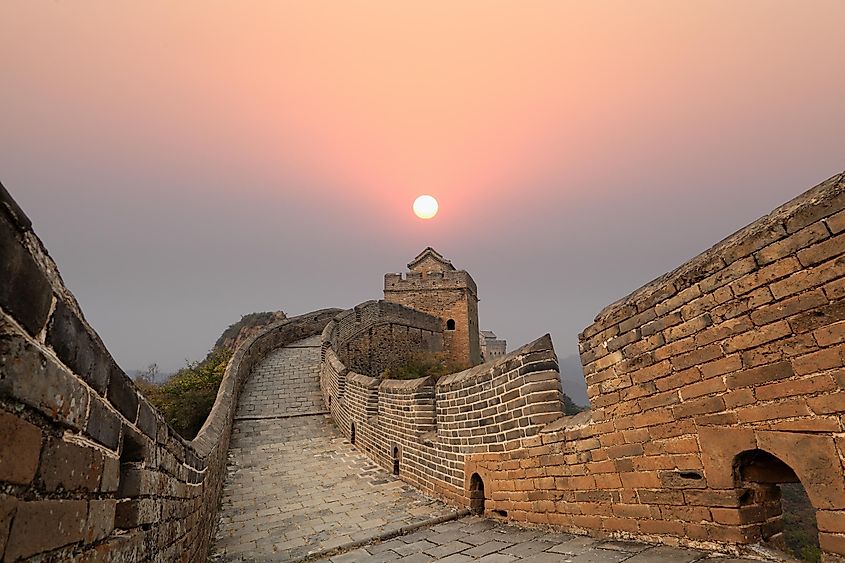
Long incorporated in mythology and a traditional and popular symbol of the country, this, one of the 7 World Wonders, is one of the globe's main attractions since the beginning of the 20th century. While its use as a defensive barrier ended in 1644 upon the collapse of the Ming Dynasty, with parts falling into disrepair, it has been under subsequent rebuilt, upon becoming a prominent tourist destination.
Nevertheless, it is likely that desertification and change in human land use around the north-western Great Wall sections of Gansu and Ningxia provinces will lead to its disappearance in the next few decades. For convenience but to the dismay of many, roads have been cut through the wall at various points. A portion near Sigmati has also been dismantled for parts and materials in 1970.
With the reconstruction and protection beginning with Badaling in 1957, some of the restorations include the western limit of the wall, northwest of Jiayu Pass, the Huangya Pas points to the north of Tianjin, as well as the portion some 55 miles or 90 km northeast of Beijing. The most-visited section, at Beijing-Badaling section, was done up in the late 1950s.
Visiting The Great Wall of China
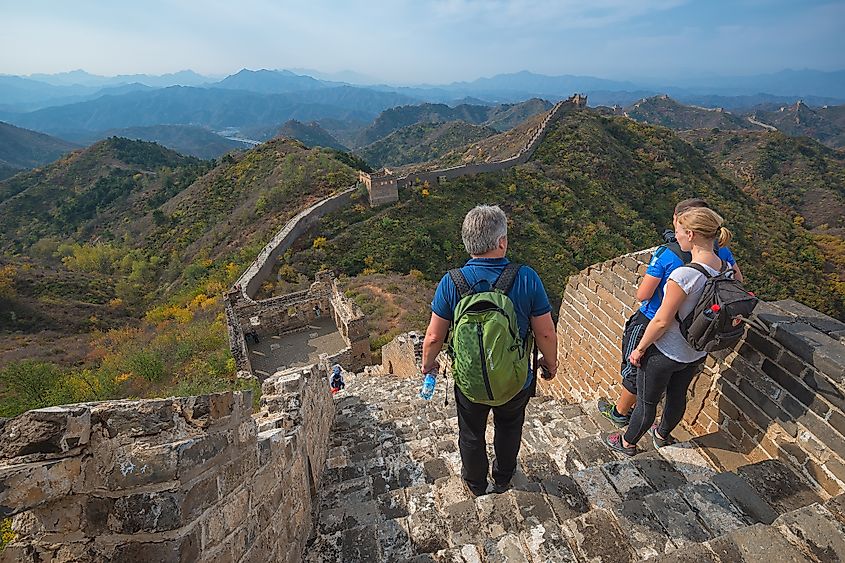
Declared a UNESCO World Heritage site in 1987, the most popular section of the wall, visited by hundreds of thousands, is located near Beijing, especially at Badaling to the northwest of the city, which is only an hour-ride away from the Chinese capital. There is an inscription dedicated to the medieval historian of the country, Xiao Xian, above the East Gate (Dongmen) at Shanghai Pass, stating, "First Pass Under Heaven," as a reference to the Chinese civilization and the barbarian lands to the north, traditionally divided in the country. The state is continuously investing in restoring this China's most-visited landmark, for people to keep trekking the endless steps up and down for a sweaty but worthwhile undertaking of a lifetime.
The ancient Chinese built forts to protect themselves against invading armies that would one day unite into the Great Wall. Today it is a symbol of China, a cultural monument, and the world's largest architectural structure built by humankind, in one of the largest engineering and building projects ever undertaken.
